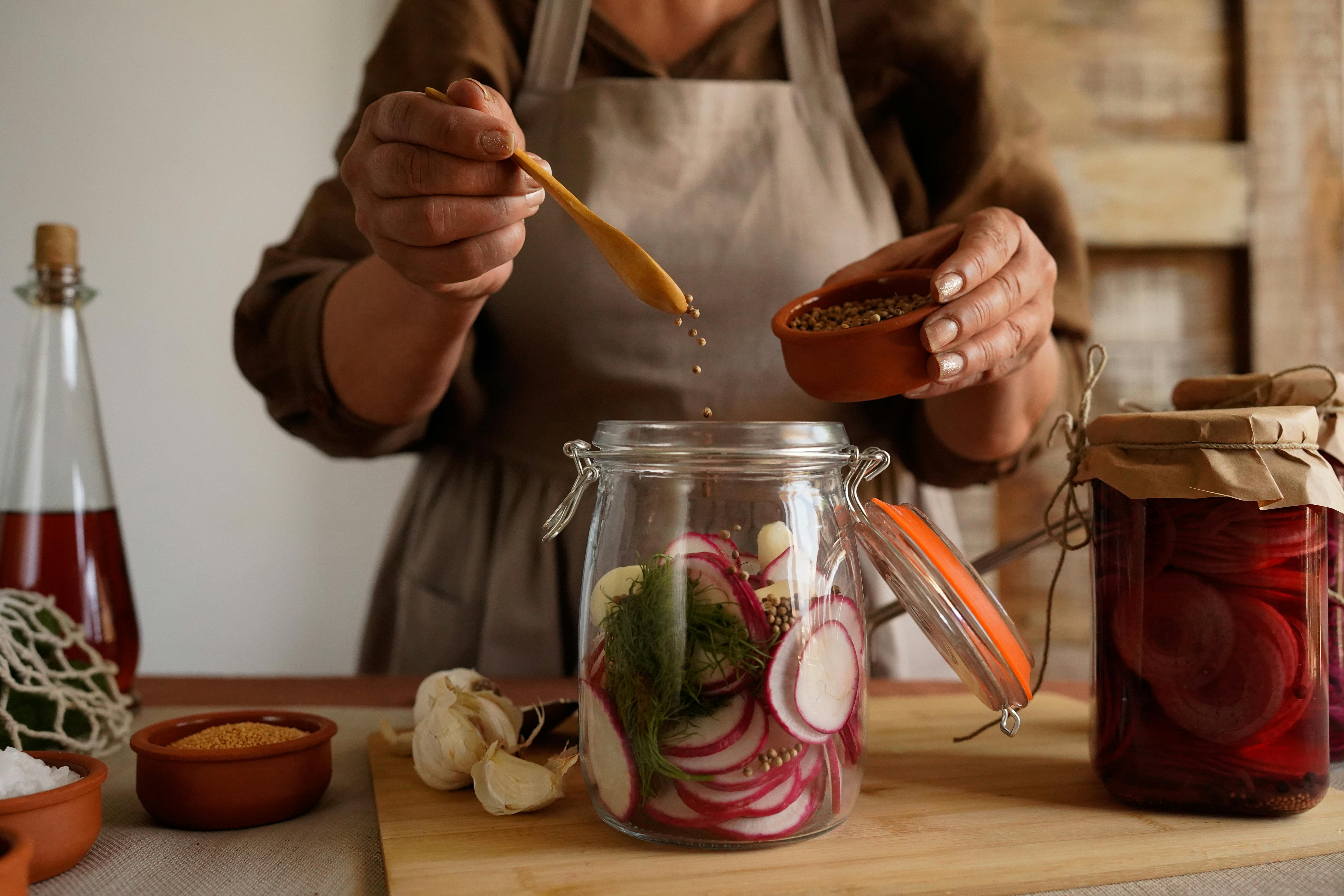Exploring Global Fermented Beverages and Their Culinary Uses
Fermented beverages have been part of culinary traditions worldwide for centuries, offering a wide range of flavors, textures, and functional uses beyond simple refreshment. From lightly effervescent kvass and tepache to complex kombuchas and jun, these drinks reflect local ingredients, climate, and preservation knowledge. Understanding how fermentation intersects with preservation, seasonality, and ingredient choice helps cooks use fermented beverages creatively in sauces, marinades, desserts, and plant-based dishes while minimizing waste and enhancing texture.

What is fermentation and why use it?
Fermentation is a controlled microbial process where yeasts, bacteria, or molds transform sugars and other compounds into acids, alcohols, and gases, creating distinctive aromas and flavors. In beverages, this process produces effervescence, acidity, and probiotic-rich profiles that can enhance digestion and sensory complexity. Chefs use fermented drinks as acidifiers and flavor modulators: a splash of vinegar-like kombucha can balance fatty dishes, while milder ferments like kvass add earthy, bread-like notes. Understanding the microbial and chemical changes helps cooks predict how a beverage will interact with other ingredients and affect texture and preservation.
How does preservation work in fermented foods?
Fermentation preserves by lowering pH and producing natural preservatives such as lactic acid and ethanol, which slow spoilage and inhibit pathogenic growth. Fermented beverages can extend the shelf life of seasonal harvests when prepared and stored correctly. For culinary use, preserved liquids often contribute concentrated flavor and tenderizing properties: fermented liquid can be used to cure proteins, brighten dressings, or fortify stocks. When using fermented beverages for preservation or cooking, monitor acidity and salt levels to ensure food safety and consistent outcomes.
How to use seasonal produce in fermentation?
Seasonal fruits, vegetables, and herbs are ideal for small-batch fermentation because they offer peak flavor and nutrients. For example, late-summer peaches or apples can be transformed into sweet-tart fermented beverages that pair well with pies and cold desserts, while winter root vegetables yield earthy kvass or shrubs that enrich winter sauces. Batchcooking fermented liquids from seasonal surpluses lets kitchens capture flavor for use throughout the year, reducing reliance on imported ingredients and helping manage leftovers by turning them into usable culinary components.
Can fermented beverages complement seafood?
Fermented beverages can pair very well with seafood, adding acidity, umami, and aromatic depth. Light, acidic fermentates brighten oily fish and shellfish, cutting through richness and enhancing texture. Fermented teas or vinegars made from kombucha or rice-based drinks can be used as marinades to mildly cure fish, as finishing splashes on ceviche-style dishes, or to create emulsified dressings for cold seafood salads. When pairing with delicate seafood, choose milder ferments and balance salt to avoid overpowering natural flavors.
How do fermented drinks support sustainability in cooking?
Using fermented beverages can enhance sustainability by valorizing leftovers and reducing waste. Fruit peels, spent grains from home-brewing, or excess herbs can be repurposed into shrubs, tepache, or flavored fermentations. Batchcooking strategies allow cooks to produce larger quantities of fermented liquids that can be portioned and frozen or refrigerated for later use, minimizing spoilage. Plantbased kitchens benefit from fermented beverages as umami boosters and acidifiers, helping create satisfying textures and flavors without relying on animal-derived condiments.
How to use herbs, spices, and grains in batch fermentation?
Incorporating herbs, spices, and grains into fermented beverages broadens their culinary utility. Toasted grains or spent brewer’s grain add body and malty notes to kvass or small-batch beers, altering texture and mouthfeel. Fresh herbs and whole spices infuse fermentations with aromatics that translate directly into sauces and desserts; for instance, ginger and cinnamon in a fermented apple drink can be reduced into a glaze for roasted pears. When planning batchcooking, adjust spice quantities to account for maturation: flavors often concentrate as a ferment ages, so start conservatively and taste as the beverage develops.
Conclusion Fermented beverages are versatile culinary tools that connect preservation, seasonality, and sustainable cooking. By understanding fermentation’s effects on flavor and texture, and by experimenting with herbs, spices, grains, and batchcooking methods, cooks can incorporate these drinks into savory sauces, seafood preparations, plant-based dishes, and desserts while reducing waste and expanding their pantry’s capabilities.





